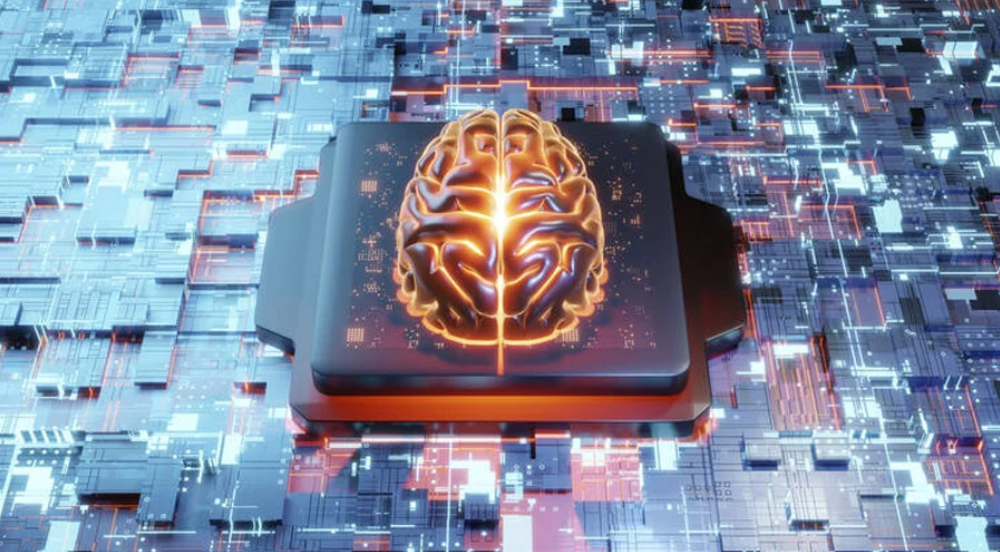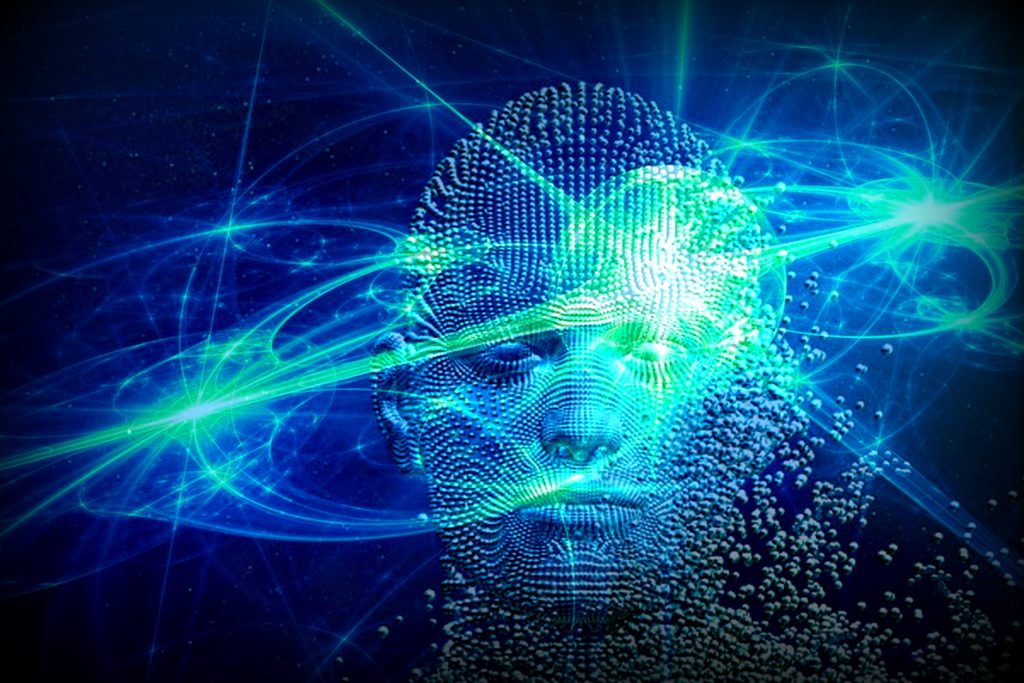Blockchain, Quantum, AI

The future of Blockchain, Quantum and AI is already here, BlockQAI can get you up to speed.
The future of New technology is here like Cloud, Edge, Container, Quantum, Blockchain, AI, Deep Learning, Batch, Streaming, Database, Programming, Software Architecture, Web, App, Low Code, No Code. At BlockQAI we are passionate about contributing cutting edge technology.
The percentage of jobs and skills required and needed for blockchain, artificial intelligence (AI), and Quantum areas have witnessed tremendous growth of nearly five-fold globally
The shortage of AI skills is seen as a major barrier to the technology’s adoption pace.
A recent poll confirmed that 56% of senior AI professionals believed that a lack of additional, qualified AI workers was the single biggest hurdle to be overcome in terms of achieving the necessary level of AI implementation across business operations.
Cyber security:
Cyber-criminals can use AI to automate aspects of their attacks, enabling them to launch attacks more quickly, at a greater scale, and a lower cost. They may also be able to pinpoint their targets more precisely. Imagine if you would, knowing this is not quite the stretch. Bad actors could even use a chatbot or similar application to interact with someone and learn about their preferences, interests, and typical behaviors in the same way an AI-based virtual assistant like Siri or Cortana learns about you.
The AI apps could use this information to create targeted links the person would likely click on based on their past internet activity. In short, we have executed social hacking using AI, and this is a huge problem. The system could even send the link from an email address that impersonates their real contacts and uses a writing style that mimics their contacts.
The Impact of Quantum & Blockchain
Current world activities:
Navy use in discover of Q-cryption on ships 2021 likely see the first public acknowledgment of the quantum crypto break, where quantum computers are capable of breaking traditional public key crypto. LANL working on a quantum internet via Quantum Neural Network (QNN)
Usage in the Next 24 – 48 Months:
- Data encryption
- Advanced Deep learning
- Machine learning
- Decision processing

Today, two exceptionally talked about disruptive technologies are artificial intelligence and blockchain. Both AI and blockchain include technical complexity and there is by all accounts a sense of arrangement among specialists that these technologies will have intense business implications in the following five to ten years. The joint utilization of the two innovations may change the tech and business worldview altogether enough for business leaders to notice advancements in this space. The recent advances in machine learning within AI have not just made another model for general computation. Still, they have opened opportunities to expand knowledge past the direct organization of the human mind.
A blockchain can not just keep up the datasets on-chain for input to AIs, it can likewise have an AI advanced enough to work with its data and accomplish the alarm call of independently advancing knowledge—the artificial general intelligence (AGI). This topic is a controversial proposition, and all the more so in a decentralized setting where all users will want to access and benefit from its computational capacities. Distributed storage systems like the blockchain require consensus protocols to choose which node will add newly created blocks to the blockchain and subsequently network the latest transactional data. At present, various conventions exist for arriving at a consensus in a distributed system, with the most conspicuous ones being the proof-of-work (PoW) and proof-of-stake (PoS) protocols. Nonetheless, these protocols are imperfect in that they devour a ton of energy (PoW) or, will in general, support nodes with enormous coins stakes, possibly hoarding its blockchain (PoS). Artificial intelligence, particularly neural networks, represents a solution for these issues by utilizing them in a new, energy-saving protocol – proof of artificial intelligence (PoAI). By utilizing this protocol, the consensus system guarantees a reasonable node determination, keeps the blockchain decentralized, and decreases energy waste and mining conflicts.
An artificial intelligence agent (AIA) goes above and beyond a trained system by utilizing the new information in the user’s request to propel the neural network forward by another age; in other words, it learns as it works. Fitness is determined when minor or no different changes are required with any future submitted information. For example, in recent years, plenty of authored code in different programming languages has been stored in GitHub’s repositories. Complex algorithmic programming is a tedious and expensive assignment. A programmer requires a high insight and long stretches of education, and complex tasks regularly require numerous months of collaborative work between various parties.
Blockchains can aid in two different ways. Initially, a blockchain can store the code. Furthermore, an AIA, encoded on the blockchain, can help the software engineer from various perspectives: Conversion of code from one language to another, looking for algorithms that match trends, conformance of prerequisites or documentation to code, and ultimately in writing new algorithms. This AIA would introduce a solid, secure, and disruptive innovation utilizing deep learning techniques and big data mining from existing code repositories.
Just as storing code and programs on the blockchains, we could likewise post trained neural networks. At that point, users could post new transactions that referred to and utilized the trained CNN frameworks to check the submitted data. For instance, consider a deep learning algorithm like Sci-kitin Python that segments documents in an altogether different way to deal with what we may expect: Words can be addressed as embedding vectors with the possibility that two words that alike have similar vectors.
Under this model, ideas that are alike are close together (e.g., man and woman). Therefore, assuming that the embedding vectors for canines and pups are near one another, the similitude of two documents discussing canines and pups will be perceived by an ML algorithm or a deep neural network trained on that subject. Such tools, well-built, could help programmers in their utilization of the previously mentioned code repository. The presentation of artificial intelligence, RNNs, and particularly LSTMs has empowered complex time-series forecasting, which is the area of machine learning zeroed in on foreseeing parameters in the future by referring to parameters from the past. Utilizing information on bitcoin’s (or any cryptocurrency, so far as that is concerned) past value points, RNNs can be trained to gauge its future cost. This way empowers major parts of the retail business to represent future cost increases/decreases, conceivably encouraging the change to digital currencies’ execution.
